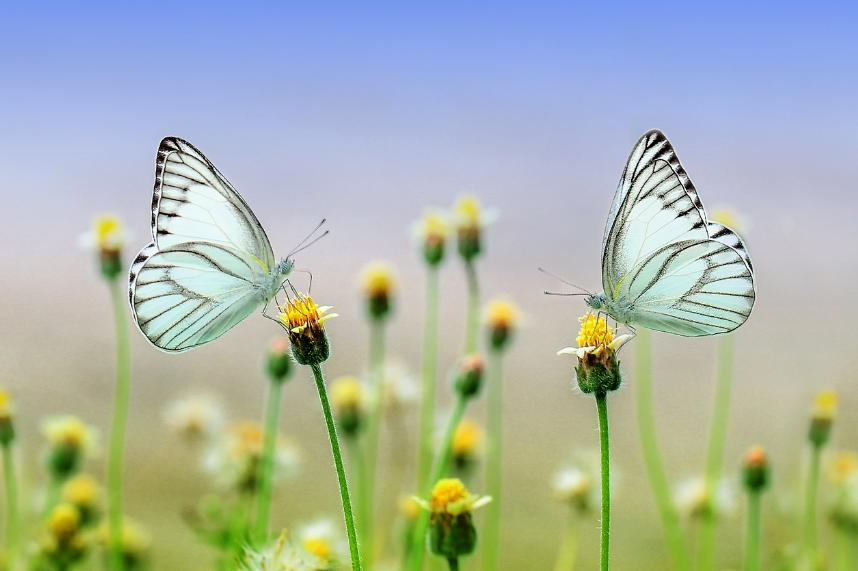King 567, Betbhai247, Apbook247: Plants have long been viewed as solitary entities in the natural world, but recent research has unveiled a complex web of communication and interaction among flora within ecosystems. Through various chemical and physical signaling mechanisms, plants are capable of exchanging information with one another, responding to environmental cues, and facilitating coordinated responses to stressors.
Chemical signaling plays a vital role in plant communication, allowing them to release volatile organic compounds into the air or emit chemical signals through their roots. These chemical messages can convey information about potential threats, such as herbivores or pathogens, triggering defensive responses in neighboring plants. Additionally, plants can also communicate through physical interactions, such as root exudates that alter the soil microbiome or the release of airborne signals to warn nearby plants of impending danger.
Heading 2: Chemical Signaling Among Plants
Plants have developed intricate ways to communicate with one another through chemical signaling. When a plant is under attack, it can release volatile organic compounds into the air that nearby plants can detect. This signals to surrounding plants to start preparing their defenses against potential threats, such as insect attacks or disease.
Moreover, plants can also communicate through their root systems using chemical signals. For example, when a plant is experiencing drought conditions, it can release specific compounds into the soil that neighboring plants can absorb through their roots. This communication system allows plants to share vital information and resources, ultimately enhancing their survival strategies in challenging environmental conditions.
� Plants release volatile organic compounds into the air to signal nearby plants when under attack
� Nearby plants start preparing their defenses against potential threats like insect attacks or disease
� Plants can also communicate through root systems using chemical signals
� During drought conditions, plants release specific compounds into the soil for neighboring plants to absorb through roots
� This communication system allows plants to share information and resources, enhancing survival strategies in challenging environments.
Heading 3: Physical Interactions Between Flora
Physical interactions between plants play a crucial role in shaping ecosystems. Competitors may engage in root competition, where plants strive to access nutrients and water first, giving them a competitive edge. This can lead to the development of extensive root systems that allow plants to thrive in challenging environments. In contrast, some plants exhibit allelopathy, releasing chemicals that inhibit the growth of neighboring plants, reducing competition and improving their own chances of survival.
In addition to competition, plants also engage in facilitation interactions that benefit neighboring plants. For example, some plant species provide shade or shelter for smaller plants, helping them retain moisture and thrive in harsh conditions. This mutualistic relationship can lead to the formation of plant communities where different species support each other, enhancing overall ecosystem resilience. By understanding the complex web of physical interactions between flora, researchers can gain insights into how plant communities function and adapt to their environments.
What are some examples of physical interactions between plants?
Some examples of physical interactions between plants include competition for resources such as sunlight and space, root growth patterns that can affect neighboring plants, and the sharing of resources through root grafting.
How do physical interactions between plants impact their growth and survival?
Apbook365, Apbook Login, Goexch777: Physical interactions between plants can impact their growth and survival by influencing competition for resources, promoting cooperation through resource sharing, and even potentially signaling danger or stress to nearby plants.
Are physical interactions between plants more direct than chemical signaling?
Physical interactions between plants can be more direct than chemical signaling, as they often involve direct contact or competition for resources. However, both types of interactions play important roles in plant communication and ecosystem dynamics.
Can physical interactions between plants be beneficial?
Yes, physical interactions between plants can be beneficial in certain circumstances. For example, some plants may benefit from sharing resources through root grafting, while others may use physical interactions to compete for resources and promote their own growth and survival.
How do physical interactions between plants contribute to the overall health of ecosystems?
Physical interactions between plants play a crucial role in shaping ecosystems by influencing competition, cooperation, and resource sharing among plant species. These interactions help maintain the balance of species within an ecosystem and contribute to its overall health and resilience.

